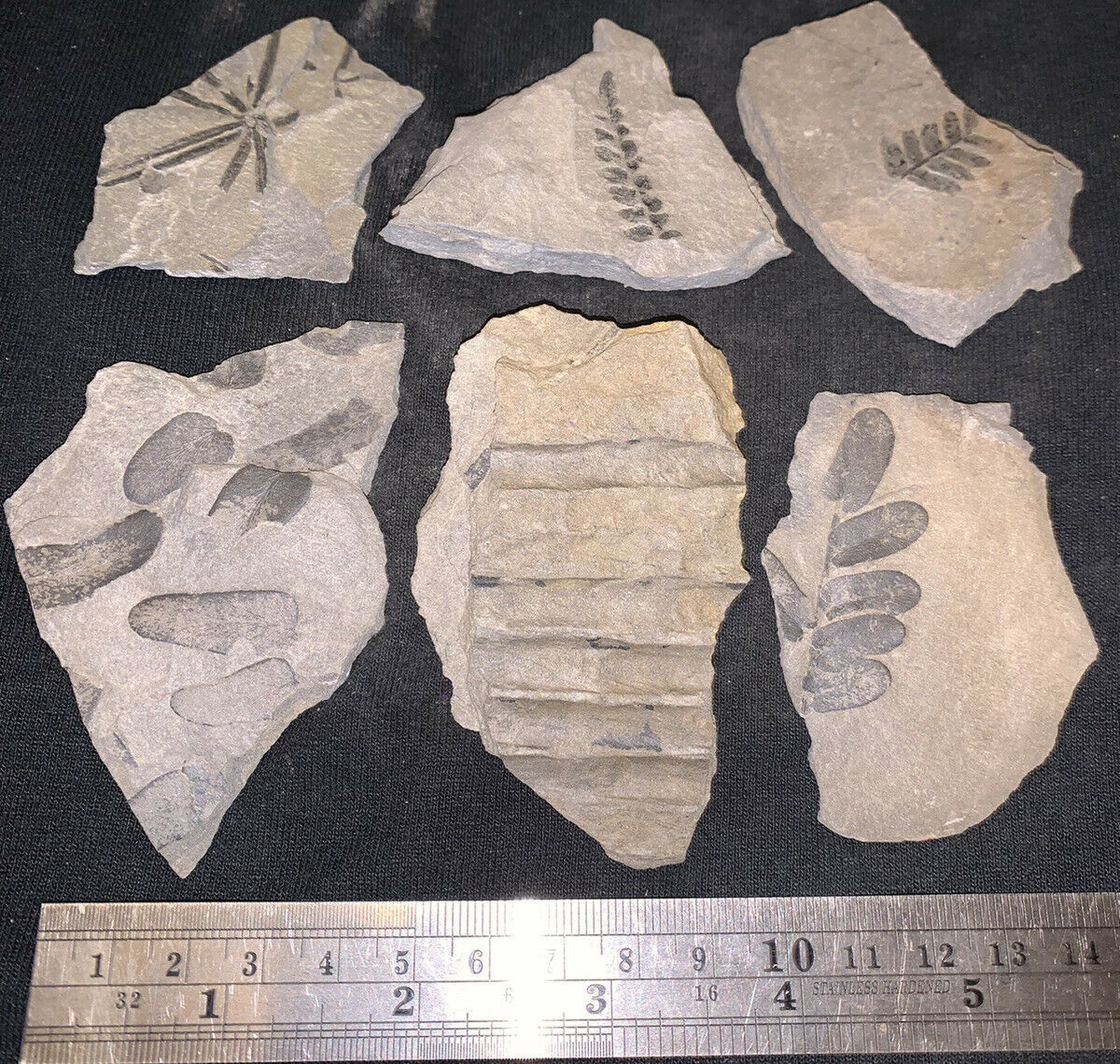-40%
Rare Museum complete true Liverwort fossil Hepaticophyta Mazon Creek like nodule
$ 116.16
- Description
- Size Guide
Description
I combine shipping costs.Each item is different, so please wait with payment after purchase -
I will send You a combine invoice.
Usually, it will be cost of shipping the heaviest item.
Specimen:
ULTRA RARE - Complete Carboniferous Liverwort fossil Hepaticophyta Mazon Creek like nodule half from Europe
Locality:
All detailed and accurate data will be provided with the specimen
Stratigraphy:
Upper Carboniferous,
Bashkirian
-
Westfal A,
Age:
ca. 314 Mya
Nodule size :
ca. 3,5 x 2,7 x 0,6 cm ( white square on pictures is 1,0 x 1,0 cm)
Extremely RARE fossil plant - Complete !!! True Upper Carboniferous Liverwort fossil - Hepaticophyta preserved in Mazon Creek like siderite nodule from Europe.
Very often, in the case of incoplete specimens, fragments of Euripterids (sea scorpions) or arthropods are mistakenly taken for Liverworts fossil. Here Yo have very complete specimen - exactly showing the structure of the plant !!!
Traditionally, the liverworts were grouped together with other bryophytes (mosses and hornworts) in the Division Bryophyta, within which the liverworts made up the class Hepaticae (also called Marchantiopsida). However, since this grouping makes the Bryophyta paraphyletic, the liverworts are now usually given their own division.
The use of the division name Bryophyta sensu lata is still found in the literature, but more frequently the name is used in a restricted sense to include only the mosses. Another reason that liverworts are now classified separately is that they appear to have diverged from all other embryophyte plants near the beginning of their evolution.
The strongest line of supporting evidence is that liverworts are the only living group of land plants that do not have stomata on the sporophyte generation. Among the earliest fossils believed to be liverworts are compression fossils of
Pallaviciniites
from the Upper Devonian of New York.



















